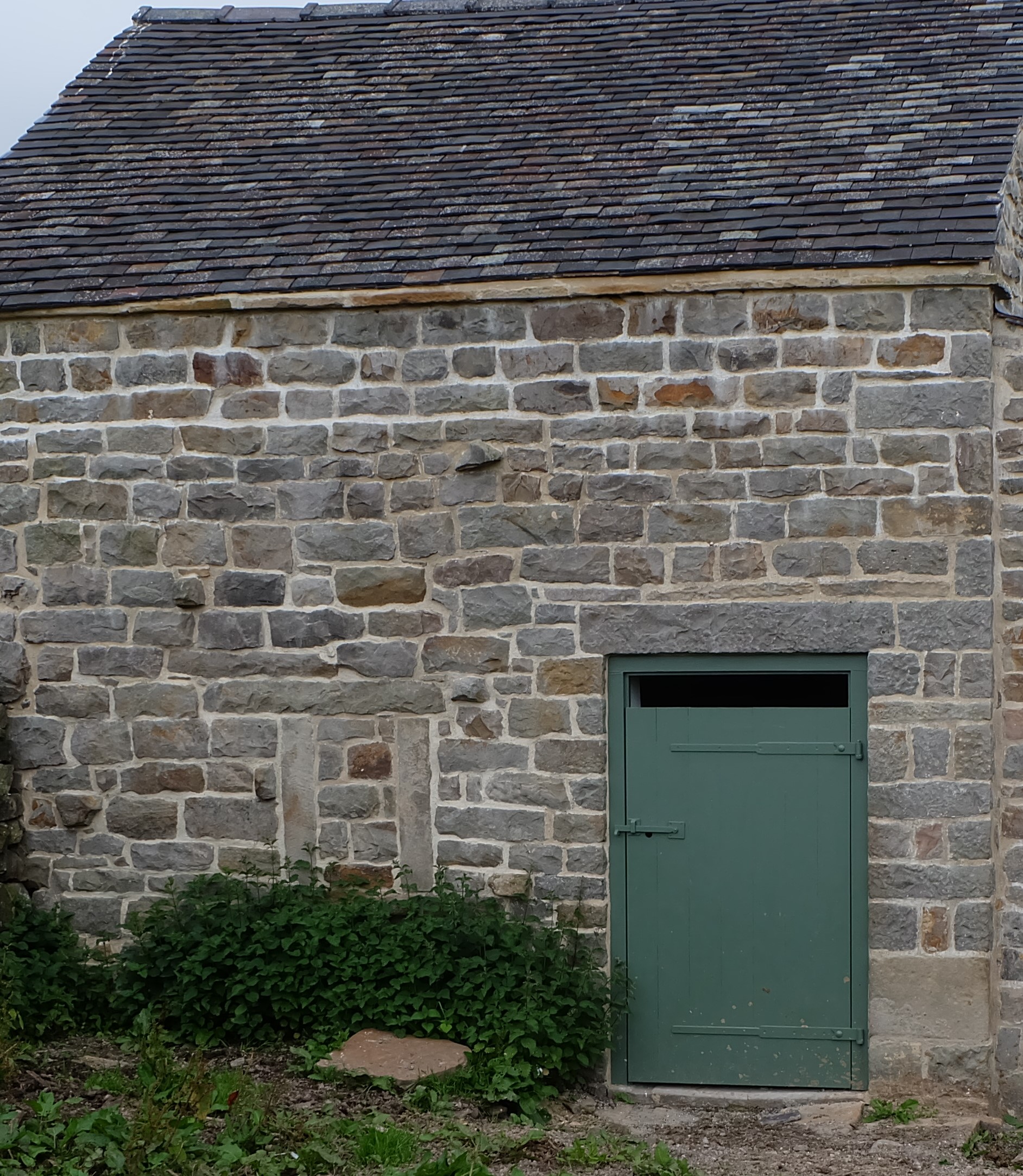Farm buildings incorporating features for wildlife
The Peak District has a range of traditional and non-traditional barns and other farm buildings, reflecting the long association with raising livestock, and are an integral part of the working landscape.
With over 2'600 field barns and outfarms across the park (opens new window), there are a range of options for every use that can be incorporated without impacting the ability to use buildings for agriculture or as a residence.
# For nature
- A range of wildlife use farm buildings for nesting and roosting, including bats, swallows, barn owls and bumblebees.
- The high proportion of traditional buildings still existing in the Peak District is a great opportunity to provide a network of spaces for species such as bats, barn owls or kestrels to nest, roost or hibernate.
- Farm buildings add an extra feature for wildlife to use in the landscape, particularly in a nature-friendly farming setting.
- The association of farm buildings with livestock provides feeding areas for invertebrates and other animals higher up the food chain.

# What else can farm buildings deliver?
Traditional uses for sheltering livestock and storing fodder and bedding.
Field barns are a particular feature of our cultural landscape.
Traditional farm buildings contribute to our historic landscape character.
Restoration of traditional farm buildings helps maintain traditional building skills.
Many species hosted in farm buildings are predators of potential pest species, such as mice, and some invertebrates.
Incorporating more features for wildlife on the farm can help increase the number of species that play important roles such as pollination, nutrient cycling and decomposition.
Incorporating features in farm buildings that have non-traditional uses, for example for education or holiday lets, can help engage and educate people in nature and grow support for farmers and land managers implementing nature-friendly farming.
# In practice
- There are a range of low cost options that can improve farm buildings for wildlife, such as bat and bird boxes, swift bricks or simple access holes.
- Allow access for birds such as swallows during the breeding season.
- Internal features, including nest cups, rough faced bat boards and wooden batons to build nests on, can be added.
- Access points should vary in size to create habitats for a range of species from goldcrests to barn owls, and link to eaves and rafters where needed.
- Consider existing hotspots of wildlife activity, wind and sun exposure levels and proximity to food or water sources when exploring adding features for wildlife.
- Do not disturb parts of buildings in which wildlife is, or could be, nesting, roosting or hibernating.
- Some work to buildings may require planning and other consent.
- Contact Natural England to find out if you need a licence to carry out your proposed works. Any work that may affect protected species such as bats will probably require a mitigation licence. There is guidance for wildlife licencing (opens new window) on the gov.uk website.